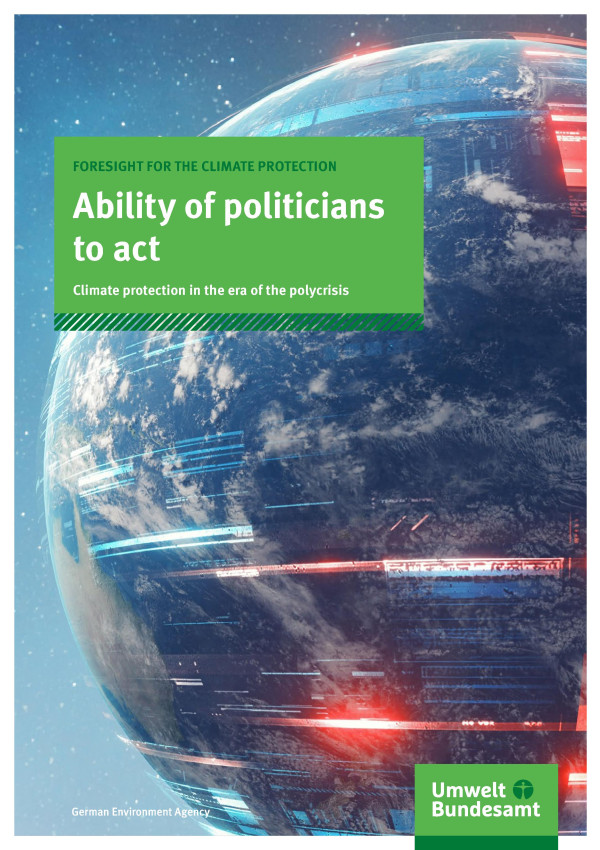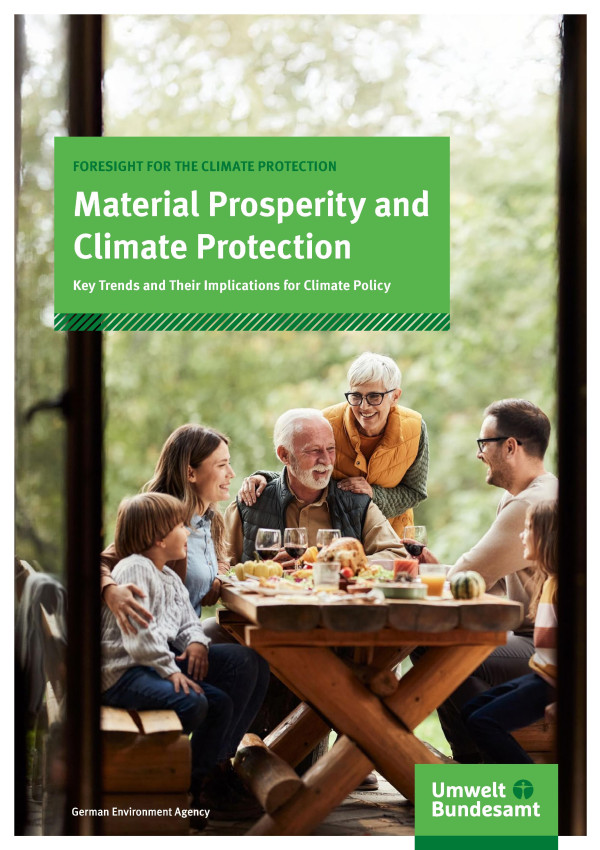20 years of EU Emissions Trading: Germany’s emissions almost halved since introduction

Emissions trading creates incentives to invest in reducing greenhouse gas emissions.
Source: Erik Schumann / Fotolia.com |
It’s a track record that speaks for itself: since the introduction of the EU Emissions Trading System (EU-ETS 1) 20 years ago, greenhouse gas emissions from installations covered by the scheme in Germany have fallen by around 47 per cent. Across all EU Member States, the average decrease has been even greater, averaging 51 per cent.
EU-ETS 1 covers greenhouse gas emissions from energy-intensive industries, the power sector, intra-European aviation, and, since 2024, also maritime transport. A cap is set each year on total EU-wide greenhouse gas emissions in these sectors. Companies receive a limited number of emissions allowances free of charge – an amount that is gradually reduced over time. However, allowances are generally auctioned. If a company reduces its greenhouse gas emissions, it can sell the allowance surplus to other participants. However, the free allocations are usually not sufficient, and companies must purchase additional allowances from other market participants or via the designated auction platform. This creates a market price for greenhouse gas emissions, providing an incentive to reduce these emissions. In addition, the revenue generated from allowance auctions flows entirely into the German government's Climate and Transformation Fund (KTF). This fund supports a range of programmes to help both businesses and consumers make the transition to a climate-neutral society.
However, to achieve climate neutrality across the EU, emissions must fall in all sectors, not just those covered by the EU ETS 1. The next step: By 2027, an additional EU Emissions Trading System, known as EU-ETS 2, will be phased in. This will cover fuels used for road transport and heating buildings, as well as smaller industrial installations. In Germany, EU-ETS 2 will replace the national emissions trading system (nEHS), which has applied to these sectors since 2021. UBA President Dirk Messner comments: “Since its introduction, emissions trading has gradually developed into the central climate protection instrument in Germany and Europe.” The German Emissions Trading Authority (DEHSt), based at the UBA, is responsible for implementing emissions trading in Germany and provides policy advice on its evaluation and further development.



























